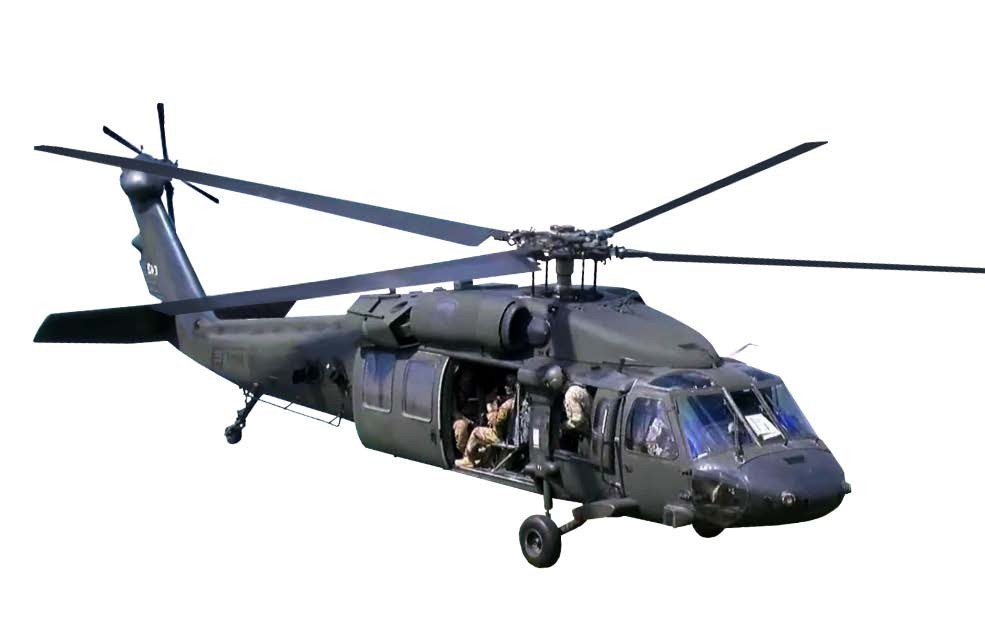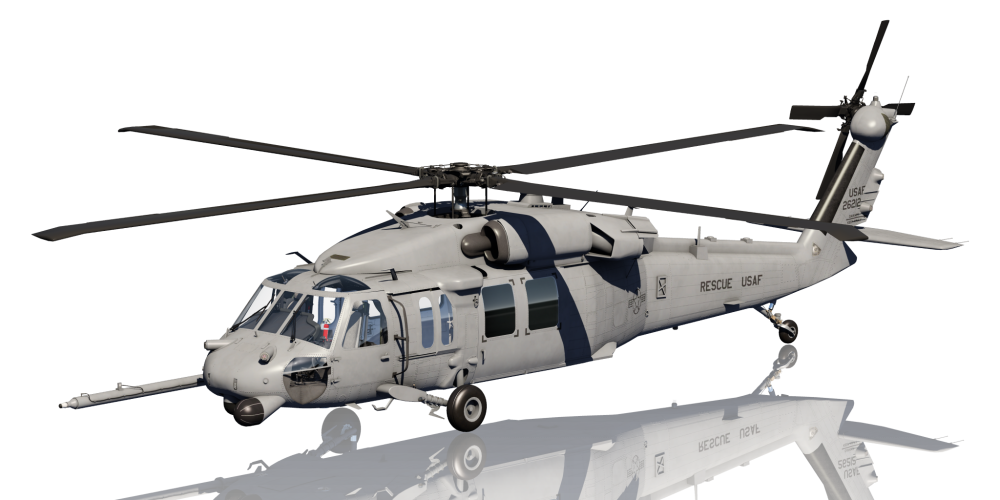UH-60: Innovations in Modern Helicopter Style
The UH-60 helicopter stands as a benchmark in modern aviation, showcasing considerable innovations in design and technology that accommodate the evolving needs of armed forces procedures. Its consolidation of sophisticated products not only improves efficiency but also addresses essential security issues. The integration of innovative avionics has changed operational capabilities, enabling for higher situational recognition and decision-making efficiency. As we explore the development and crucial technologies of the UH-60, it comes to be necessary to consider just how these developments influence not just existing applications however also the future landscape of helicopter design.

Evolution of the UH-60
The evolution of the UH-60 Black Hawk helicopter represents a considerable milestone in aerospace engineering and military air travel. Presented in the late 1970s, the UH-60 was designed by Sikorsky Aircraft to meet the United States Military's requirement for a functional energy helicopter qualified of executing a range of missions. Its style highlighted rate, resilience, and maneuverability, establishing brand-new criteria for functional efficiency.
The UH-60 features an unique four-blade rotor system, which improves lift and stability, enabling it to operate effectively in varied settings. Its airframe is constructed from innovative composite materials, adding to a decrease in weight while maintaining structural honesty. The helicopter's style additionally includes enhanced aerodynamics, which boosts gas effectiveness and boosts array.
Throughout the years, the Black Hawk has actually gone through numerous upgrades to enhance its capacities, including improved engines, advanced flight control systems, and modular systems for very easy upkeep and adaptability. The helicopter's capability to carry out objectives varying from army transport to clinical evacuation has actually strengthened its duty as a foundation of united state army operations. The UH-60 Black Hawk remains a prime instance of how advancement in helicopter layout can substantially affect armed forces performance and operational versatility.
Advanced Avionics Solutions
Improvements in avionics systems have changed the abilities of modern-day helicopters like the UH-60 Black Hawk, boosting operational performance and situational recognition (UH 60). The assimilation of sophisticated avionics permits improved trip, interaction, and navigation monitoring, making the UH-60 more flexible in varied objective profiles
Among the crucial features is the advanced electronic cockpit, which employs multifunction displays that provide real-time information, making sure pilots have immediate accessibility to important trip information. This streamlining of information reduces pilot workload and improves decision-making procedures throughout facility operations. Additionally, the unification of GPS and inertial navigating systems makes it possible for exact positioning and course preparation, enhancing mission implementation in challenging settings.
Additionally, advanced avionics systems boost interaction abilities through safe and secure data web links and voice communication systems, allowing smooth coordination with ground forces and other airplane. The integration of automated flight control systems additionally adds to boosted security and control, particularly in negative climate condition or during low-altitude maneuvers.
Engine and Efficiency Enhancements
Engine performance in contemporary helicopters has actually taken a substantial leap onward, driven by developments that improve performance, power, and dependability. The UH-60 Black Hawk, for circumstances, uses the T700-GE-701C engine, which includes a dual-channel, full-authority electronic engine control system.
Additionally, the combination of engine health tracking systems permits real-time diagnostics and predictive upkeep, significantly boosting functional reliability. These systems not just alert crews to potential concerns before they come to be vital however likewise promote more efficient maintenance scheduling, therefore minimizing downtime.

Materials and Structural Innovations
Current advancements in products and architectural layout have revolutionized modern-day helicopter construction, enhancing both efficiency and resilience. The intro of advanced composite products, such as carbon fiber read the full info here reinforced polymers, has actually substantially lowered weight while keeping structural stability. This change not just improves fuel effectiveness but additionally increases payload ability, allowing helicopters like the UH-60 to do more diverse goals.
Additionally, innovations in aluminum alloys and titanium elements have added to improved resistance to rust and tiredness, extending the life expectancy of crucial airframe elements. The calculated use these products has caused a reduction in maintenance needs and improved general functional preparedness.

Moreover, the assimilation of computer-aided style (CAD) and additive manufacturing technologies has enabled much more light-weight structures and complicated geometries, optimizing the wind resistant performance of helicopter designs. These improvements help with rapid prototyping and production, enabling producers to respond swiftly to progressing objective needs.
Security and Survivability Functions
Safety and security and survivability functions in modern helicopter style have become paramount, mirroring the raising demands for goal effectiveness in difficult atmospheres. The UH-60 Black Hawk, a remarkable example, incorporates sophisticated innovations to boost team and traveler defense. One of the most critical advancements is the consolidation of crashworthy gas systems created to reduce the risk of fire during impact. Additionally, the airframe is created with enhanced materials that dissipate and soak up power, further safeguarding residents in case of a collision.
The helicopter also employs a ballistic defense system, which includes armored team seats and crucial systems protecting, decreasing vulnerability to small arms fire and shrapnel. Boosted situational awareness is achieved through innovative avionics and sensing unit innovations, permitting pilots to spot and avoid hazards properly.
Furthermore, the integration of redundancy in crucial systems-- such as twin engines and numerous trip control channels-- makes sure continued procedure also if one system stops working. The UH-60 is geared up with innovative emergency situation flotation protection devices, improving survivability in water landings. Collectively, these functions not just enhance the safety of employees yet also raise objective success rates in aggressive environments, check that demonstrating the dedication to quality in helicopter design.
Final Thought
The UH-60 helicopter represents a considerable improvement in modern aviation modern technology, including ingenious materials, innovative avionics, and durable safety and security attributes. Its advancement mirrors a commitment to boosting performance and functional effectiveness while ensuring pilot and crew survivability. The assimilation of lightweight composites and progressed navigation systems emphasizes the helicopter's adaptability in numerous military missions. Overall, the UH-60 serves as a criteria for future advancements in helicopter layout, embodying resilience and adaptability in modern military procedures.
The UH-60 helicopter stands as a standard in contemporary air travel, showcasing significant innovations in style and innovation that cater to the developing needs of army procedures. As we check out the development and crucial technologies of the UH-60, it ends up being crucial to take into consideration just how these growths influence not just existing applications yet additionally the future landscape of helicopter design.
Presented in the late 1970s, the UH-60 was designed by Sikorsky Airplane to fulfill the United States Army's demand for a versatile utility helicopter qualified of doing a variety of objectives. The UH-60 Black Hawk continues to be a prime instance of exactly how development in helicopter design can considerably influence army effectiveness and functional adaptability.
Generally, the UH-60 serves as a benchmark for future advancements in helicopter style, personifying durability and flexibility in contemporary military procedures.